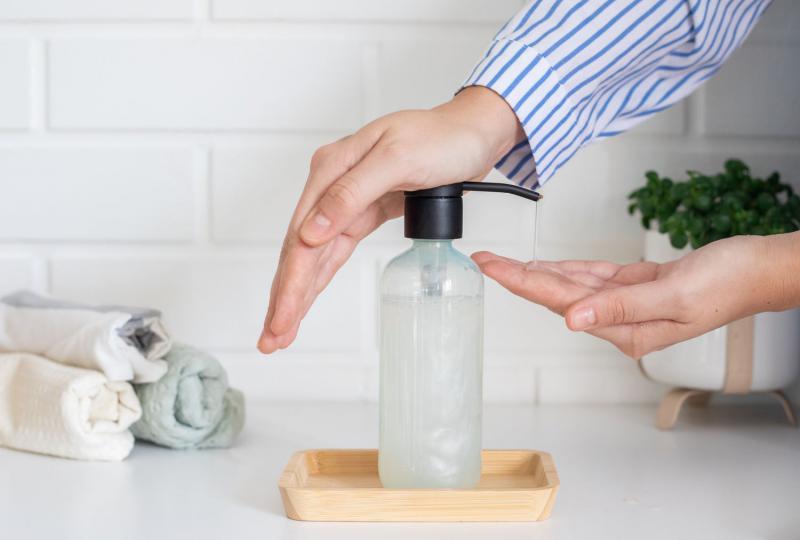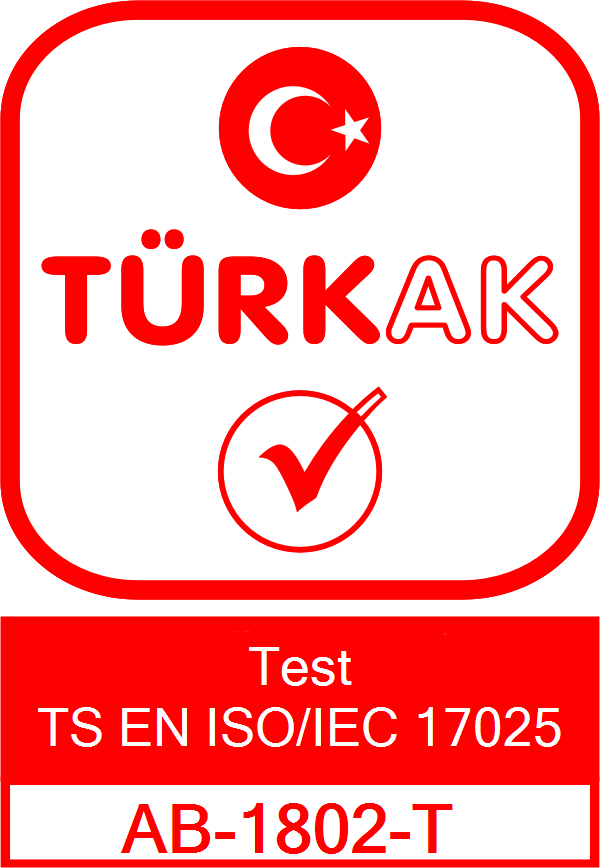
Determination of the microbial inhibition of cosmetic soap bars and liquid hand and body washes DEAS 794
Determination of the microbial inhibition of cosmetic soap bars and liquid hand and body washes DEAS 794
Contents
The microbial inhibition of cosmetic soap bars and liquid hand and body washes can be determined by performing microbial challenge tests. These tests assess the ability of the cosmetic product to prevent the growth of introduced microorganisms over a specified period.
Here's a basic overview of how microbial challenge testing is typically conducted:
1. *Product Collection:* Fresh samples of the cosmetic product are collected in a sterile manner.
2. *Inoculation:* Known quantities of specific bacteria, yeast, and mold strains are introduced to the product. Typical microorganisms used include Escherichia coli, Pseudomonas aeruginosa, Staphylococcus aureus, Candida albicans, and Aspergillus brasiliensis.
3. *Incubation:* After inoculation, the product samples are stored at specified conditions, often room temperature or 25°C.
4. *Sampling:* At predefined time intervals (e.g., day 1, day 7, day 14, etc.), samples are removed, diluted, and plated on suitable growth media.
5. *Evaluation:* After a suitable incubation period, the growth media is assessed for microbial growth. The number of colonies or colony-forming units (CFUs) is counted, and the reduction in microbial numbers compared to the initial count is determined.
6. *Criteria for Pass/Fail:* Each regulatory body or guideline may have specific criteria to determine if the product passed the challenge test. Generally, a significant reduction in microbial counts or complete inhibition over the test period would indicate that the preservative system is effective.
7. *Reporting:* Results are documented in detail, noting the reduction in microbial counts over time.
To ensure product safety and efficacy, it is crucial that cosmetic products, especially those with a high water content, undergo microbial challenge testing. This helps determine if the preservative system is effective in preventing microbial growth during the product's intended shelf life.
It's also important to note that different regions or countries may have specific standards or guidelines for microbial testing. The U.S. Food and Drug Administration (FDA), the European Pharmacopoeia, and other regulatory bodies have outlined guidelines for microbial testing of cosmetics.
If you're looking for a detailed protocol or have specific questions, consulting with a specialized microbiology laboratory or a cosmetic chemist experienced in microbial testing would be beneficial.

